
NICARAGUA 2017

Volcano Concepcion 1610m. It is one of two volcanoes that create an island of Ometepe on the lake of Nicaragua the largest lake in Central America.
^ ^^^

Cloud forest on the higher elevation of the volcano Maderas 1393m. One of the two volcanoes that create an island of Ometepe. Extinct for the last 3000 years. The cloud forest is characterized by lush proliferation of flora life and as the name indicates it is shrouded frequently in a layer of clouds. Due to the elevation and location on the lake, it creates very humid environment for most part of the year even in the dry season.
^ ^^^

A botanist in a biological field station said: "The sheer number of different forms of ferns in the higher parts of cloud forest is astonishing". In the first plan a neotropical tree cecropia with its big finger like leaves. Although the volcano and its slopes are protected areas the lower parts of the forest are secondary criss-crossed with fields of coffee, cacao and bananas.
^ ^^^
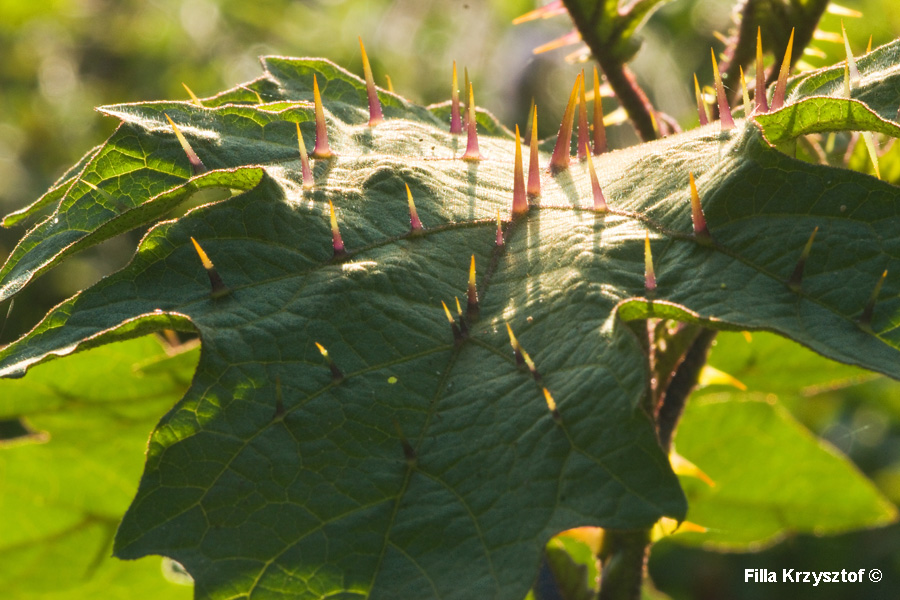
Many plants in the rainforest try different methods of protection and thorns are very abundant in many species.
^ ^^^
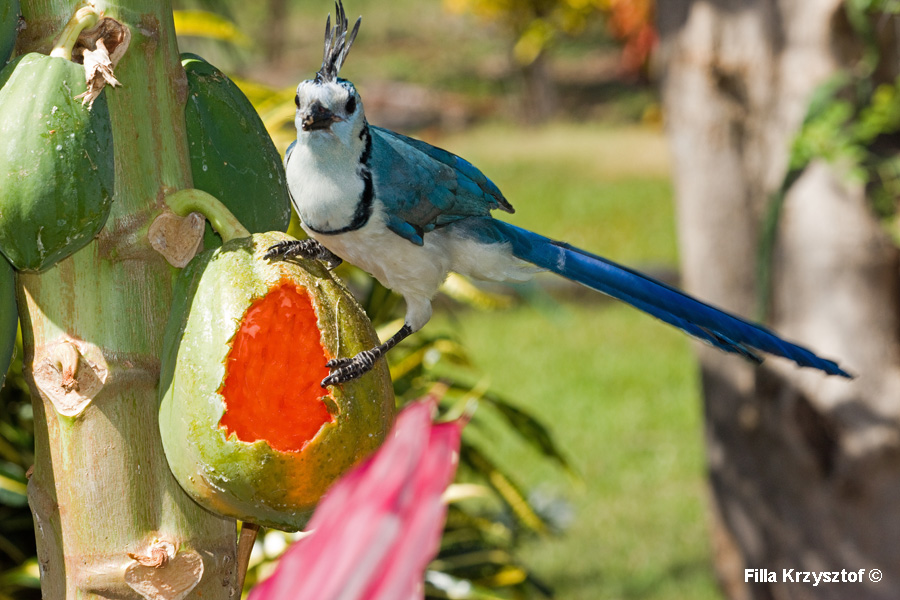
The white throated magpie jay (Calocitta formosa) is a common omnivorous bird on the western side of Nicaragua. As well as insects and other small animals it feeds on seeds and fruits. Here a group of them were relishing the fruit of the papaya.
^ ^^^
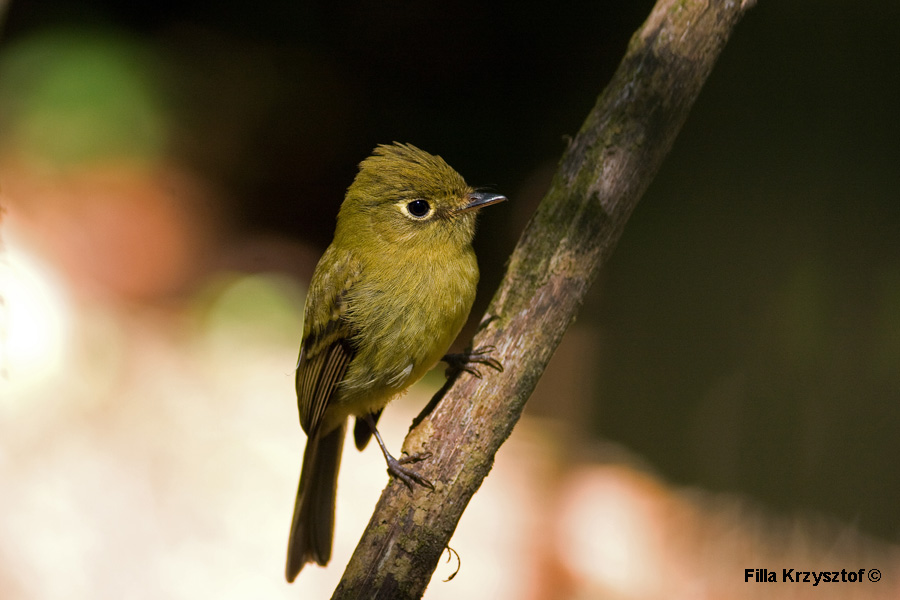
Yellow-bellied Flycatcher (Empidonax flaviventris).
^ ^^^
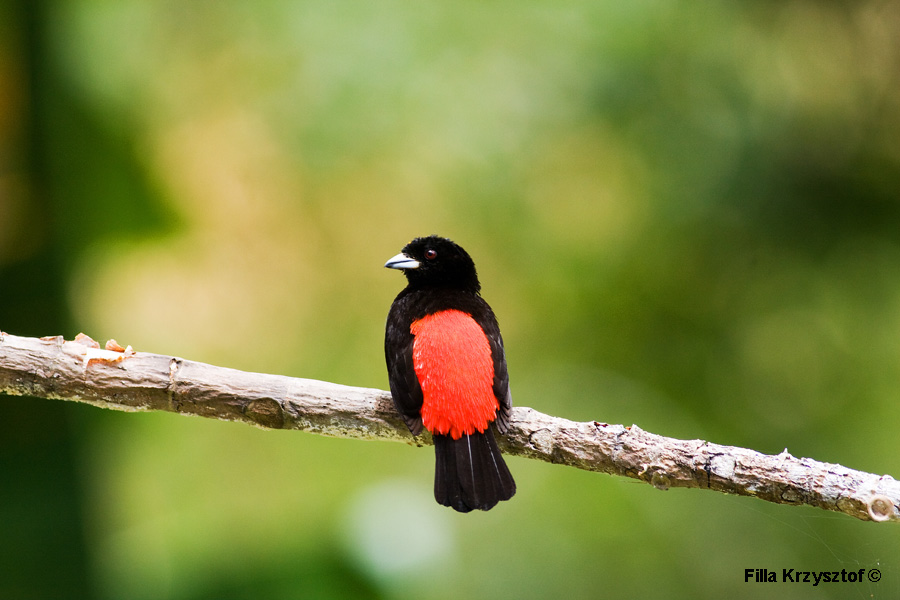
Passerini's tanager (Ramphocelus passerinii).
^ ^^^

^ ^^^
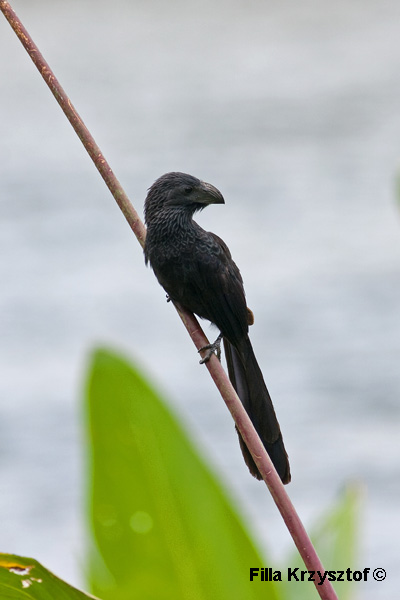
Ani bird. There are three subspecies of ani bird that closely resemble each other. From the description based on habitat it is either the Greater ani or the Smooth-billed ani. The species is related to the cuckoo but does not lead the same parasitic reproductive life.
^ ^^^

Snowy egrets (Egretta thula) waiting for their breakfast at the shore of a small bay by the Pacific Ocean.
^ ^^^
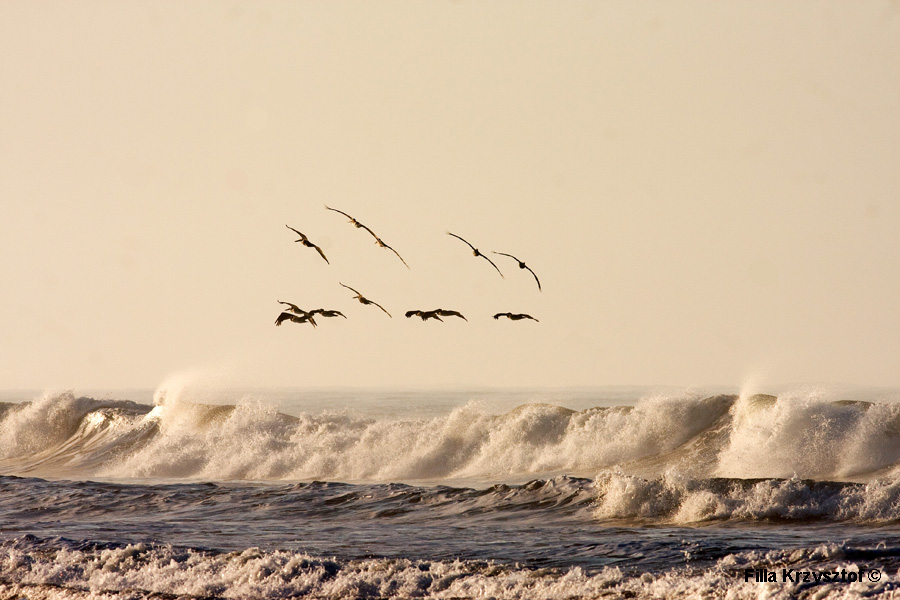
Pelicans flying over waves of Pacific Ocean using aerodynamic ground effect.
^ ^^^

Leaf cutter ants or sometimes "parasol" ants are native to Central and South America of tropical regions. Next to humans these ants create the most complex and the largest societies on earth. They are farmers as well that cut certain types of leaves and bring them to their nest to chew. They feed the unique fungus that is endemic to each species of ants. The fungus is consumed by the ants and their larvae. The ants unlike humans never destroy a plant they feed on. Although they cause destruction of some plants they play important role for maintaining a healthy ecosystem by distribution of soil and nutrients.
^ ^^^
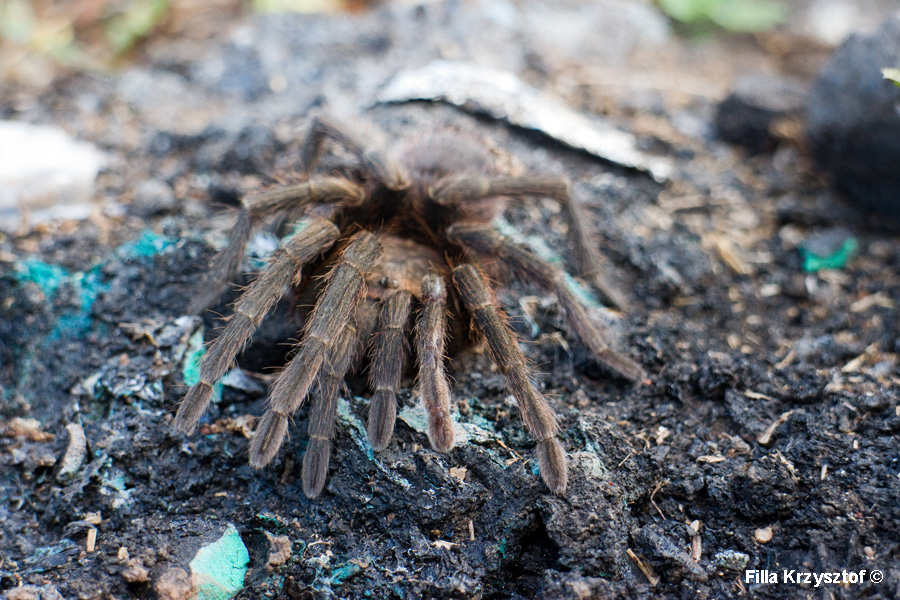
This tarantula was exhausted and probably partially numbed right after fighting with tarantula hawk wasp.
^ ^^^
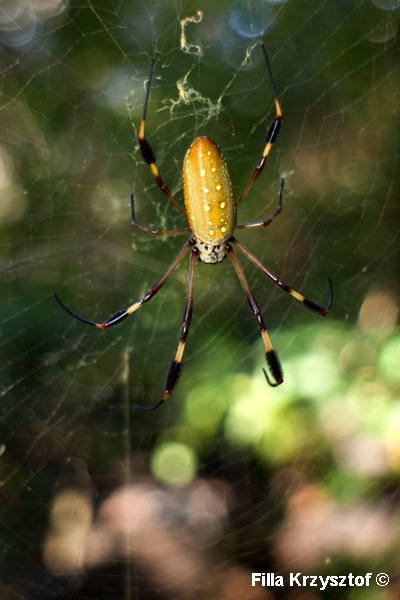
Golden Silk orb-weaver is part of family called nephila.
^ ^^^

^ ^^^

^ ^^^
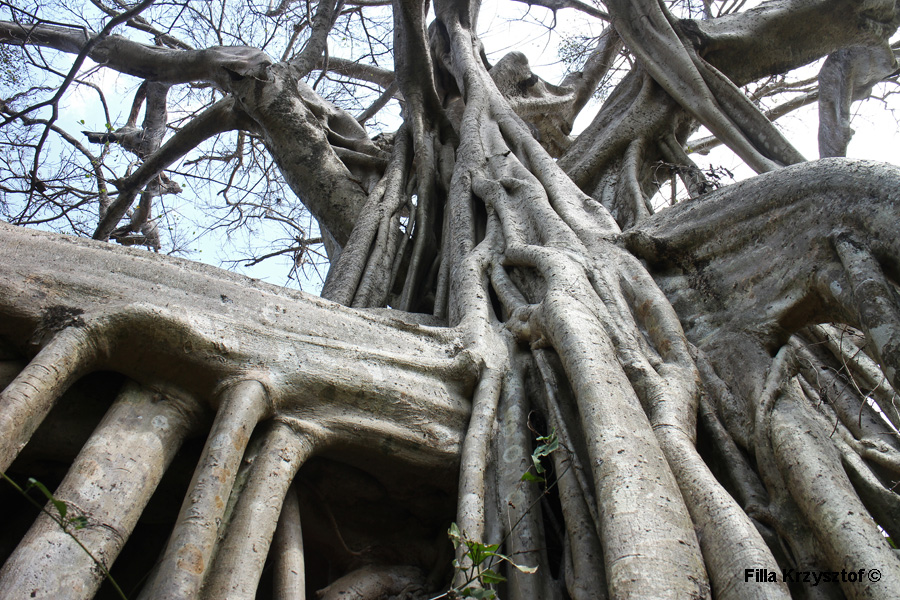
A strangler fig in the dry forest on the slopes of the extinct volcano Cosiguina. The shape of the tree looked almost like it had been designed by humans. Matapalo as the tree is called in the local language translates as "the tree killer". It is a parasitic fig that usually kills an old tree but by naturalists it is called the life giver.
^ ^^^
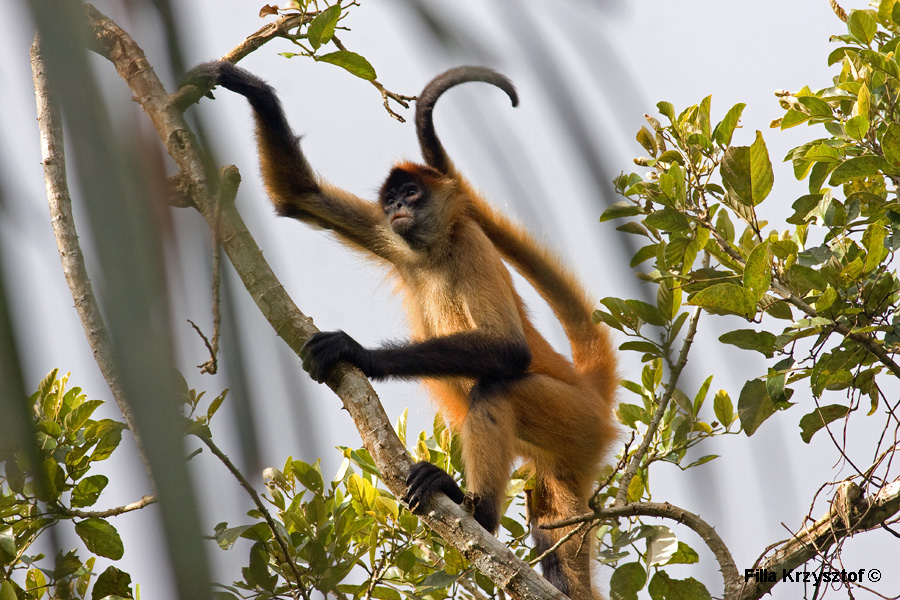
The Nicaraguan spider monkey (Ateles geoffroyi geoffroyi) . One of the distinctive features of these monkeys is their long and strong tail that they use as another limb when moving in the tree canopy. This extra limb makes their movements appear like a spider. Females giving birth to only one offspring every two to four years. This low birth rate is a contributing factor in the decline in Nicaraguan spider monkey populations.
^ ^^^
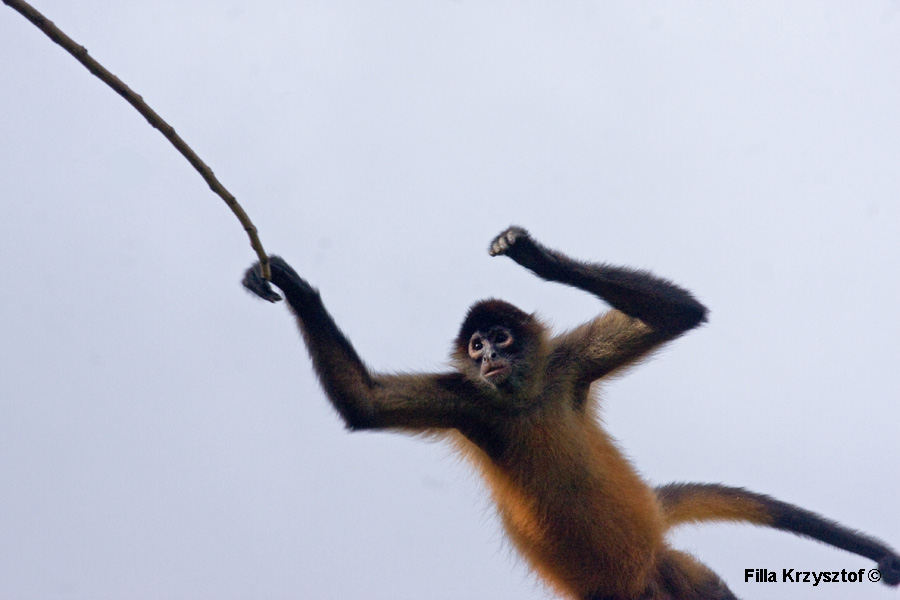
A spider monkey jumps from one tree to another.
^ ^^^
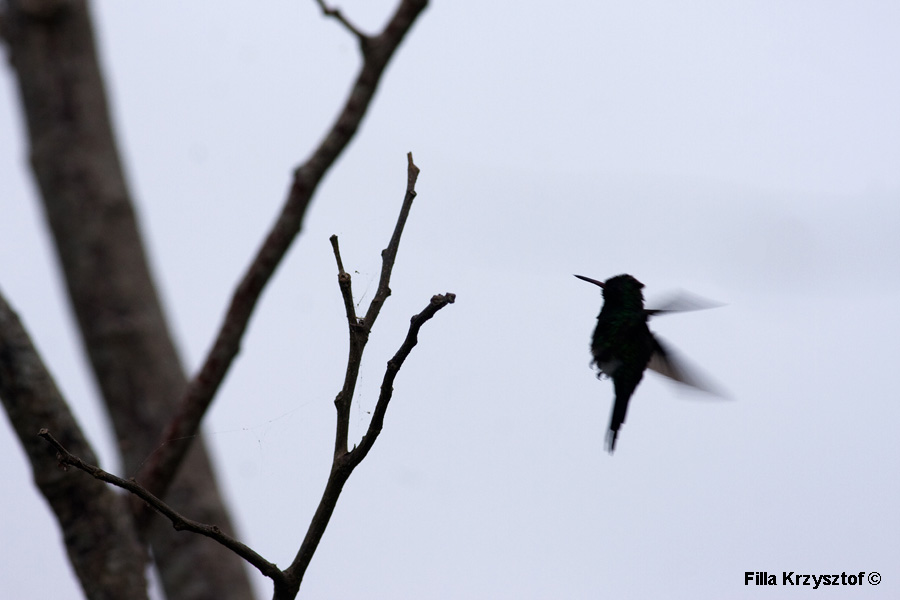
Humming birds exist only in the New World. Many of them are very small about 5-13 cm in length. While flying their wing-flaping rate exceeds 50 beats per second and some even 70. They can hover in one spot and then very swiftly gain significant speed exceeding 55km/h. Some of them feed exclusively on nectar and some are purely insectivores.
^ ^^^
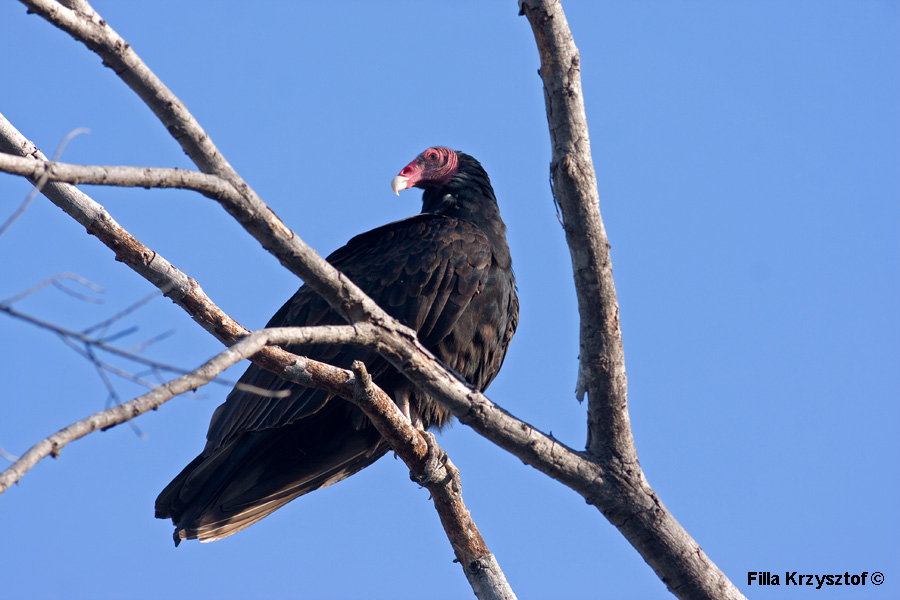
The turkey vulture (Cathartes aura) is widely spread across South America and partly through the North America. It is a scavenger bird looking for carrion. What is unique about the bird is that they have a great sense of smell. They can detect decaying flesh while soaring over the forest.
^ ^^^
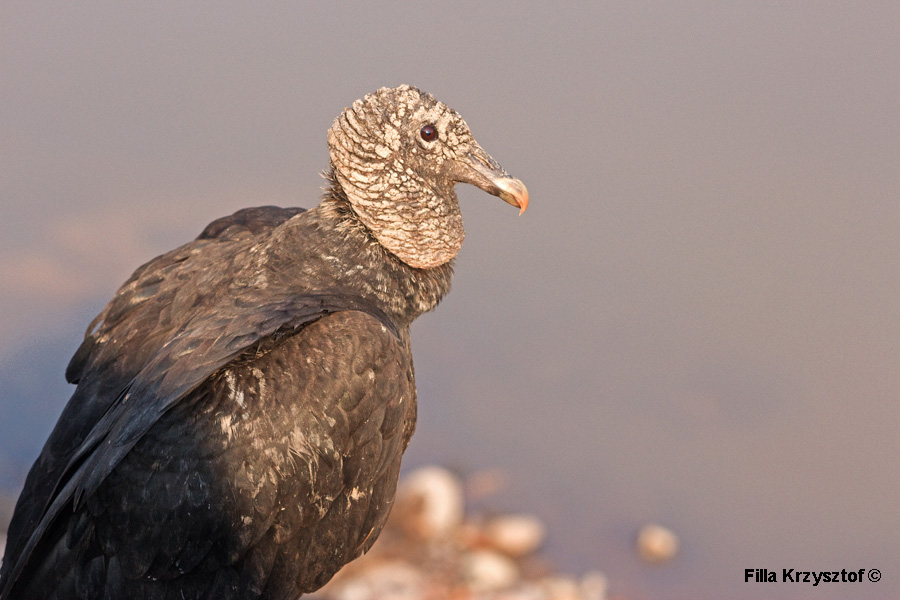
The black vulture (Coragyps atratus) often live in close vicinity to humans as they scavenge on the dumpsters and landfills. They are more aggressive than other vultures and can hunt in flocks on small mammals. For a long time they have been disliked by farmers as they often pray on new born calves.
^ ^^^

The tropical kingbird (Tyrannus melancholicus). Apart from it being a lovely bird I have to say I love its name both in English and Latin which matches its aggressive territorial behaviour.
^ ^^^

The bare-throated tiger heron (Tigrisoma mexicanum).
^ ^^^
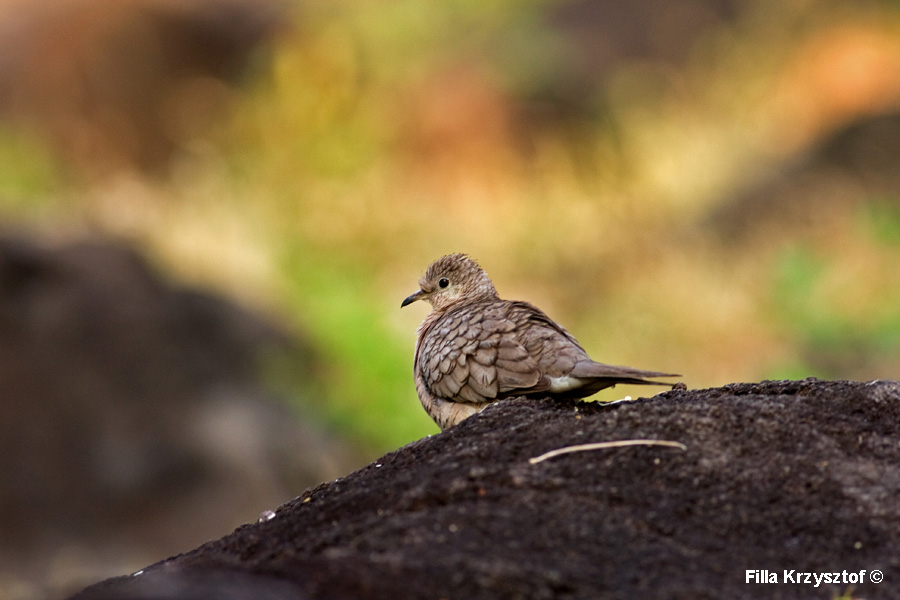
^ ^^^
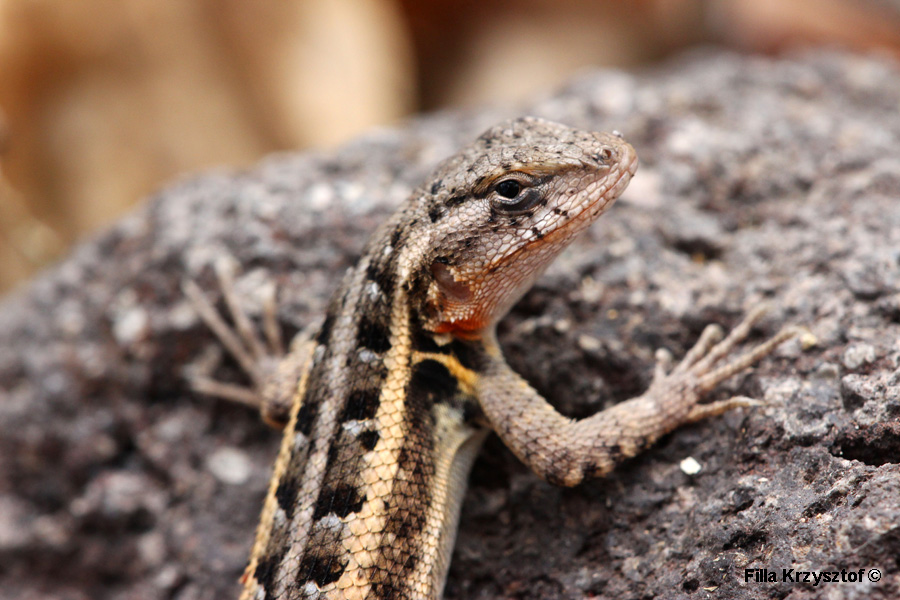
^ ^^^

At first there is nothing special about the picture. But close investigation reveals the past events that had taken place in this spot. It is a beach on the Pacific coast where a couple of turtles species come to lay their eggs. The track behind shows a crawling turtle out of the sea which is on the left side. It drags itself for about 70 m. until it encounters vegetation. Then the turtle makes a loop and crawls back to the see as is seen on the foreground track. The tragedy happens when footprints of a human meet with the turtle and this is the moment when the animal disappears most likely finishing in somebody's pot.
^ ^^^

The olive ridley sea turtle (Lepidochelys olivacea) is the most common sea turtle in the world. Despite this fact and international protection its population is in constant decline. From the 60s of the 20 century their number has reduced by 50% worldwide (locally even 80%) mainly by plundering their nests, poaching and the fishing industry. Adults weight up to 45 kg. After 50 to 60 days of incubation their young (4 cm) hatch and go straight to the sea. They will return after 12-15 years to the same spot when they achieve sexual maturity.
^ ^^^
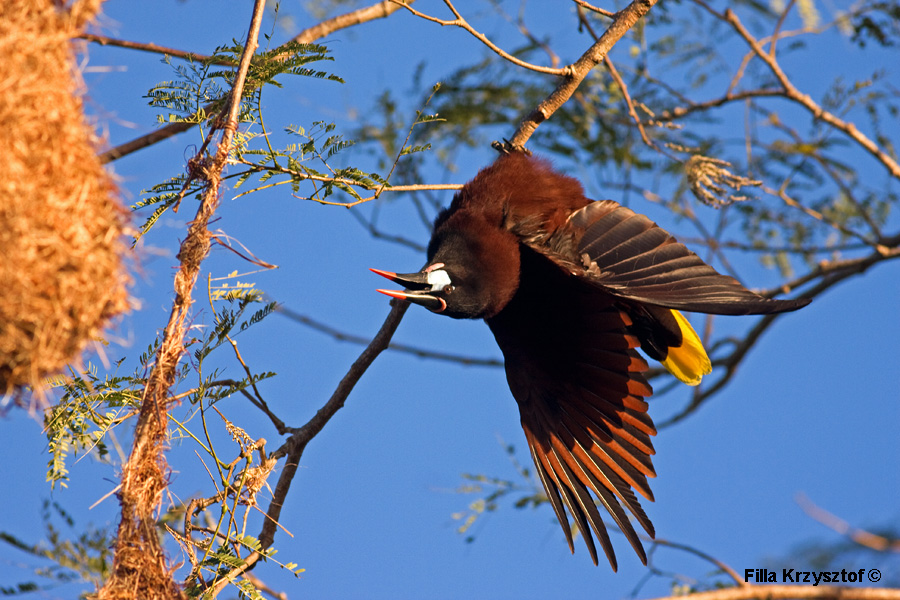
The Montezuma oropendola (Psarocolius montezuma). This bird occurs in the eastern part of the Central America. It weaves nests in the shape of a sack out of dry grasses and tiny twigs. They live in colonies of about 30 nests. The first part of the bird's name commemorates the Aztec emperor Montezuma and the second part is a Spanish word which means golden pendulum. That is a little odd and distinctive feature of the bird when it leans foreword and then swings down as a pendulum producing a gurgling sound.
^ ^^^































